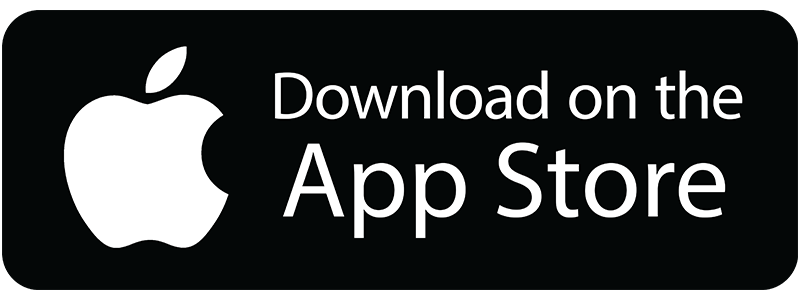““Get closer than ever to your customers. So close that you tell them what they need well before they realize it themselves.”“
The late Steve Jobs said it best, knowing your customer better than your competitors is the only way to succeed. Knowing how to actually do that is where it gets tricky. A solid Customer Relation Management system is the first step in that process, so we’ve compiled some solid tips to ensure that you use your business CRM to its full potential.
1. Choose a platform you can stick with.
Talk to a few business owners and you’ll undoubtedly hear some horror stories about switching CRM’s. Choosing the wrong form of Customer Management can set you back big time down the line, especially if you don’t have contact syncing. It’s important to choose a simple, easy-to-use software with enough features to work now, and down the line. This doesn’t mean you need to pay thousands of dollars for SalesForce to manage your ten customers and 2 employees, but don’t just take the easy route and start a messy, half-assed Excel Spreadsheet either. When you’re choosing a CRM, make sure you read reviews and get recommendations from other business owners if you can. It also greatly depends on what type of business you run, for example if you’re running a financial brokerage firm you’ll be wanting to look for a CRM solution provider that can specialize in such sysems, such as this Leverate Forex CRM as just one example of the many systems available on the market that can be created for your particular business processes. One of the worst experiences in business is realizing 2 years-in that you need to go back and redo all the work you’ve put into your CRM now that business is starting to pick up. We recommend checking out ActiveCampaign or Nimble.
2. Consider CRM training a crucial point in your small business growth.
Take the time to learn every corner & every inch of your new CRM, and make sure your employees do too. Employees often treat training programs as waste of time or a chance to relax. Don’t allow this to happen in your office. You’ve made a considerable investment in your CRM and you should insist that everyone takes the training process seriously.
3. Use it to track sales and new leads.
Your CRM has one main purpose, to keep track of your customers; so use it! Insist that your sales team processes any and all new leads through the new system. It will make keeping track of these potential customers so much easier as they move through the process of cultivation.
4. Use all the features of the system instead of resorting to other ones.
Even the most simple CRM systems out there come packed with features. Explore these early on and try to use them as much as possible. Does your CRM have a group huddle or chat feature to keep everyone on the same page? What about a document manager? Use them instead of an outside program for a better flow of your daily operations.
5. Use in-house feedback as much as customer feedback.
Introduce your new CRM and it’s very likely that a few employees will adapt to it rather quickly. Focus on the feedback they provide about why they like it, what features they use most and where it can improve. Customers are an equal source if this type of information. Send out a quick survey or interview your more trusted customers about their experiences with the new way your business operates.
6. Don’t forget the least active users.
If you have a few employees neglecting your new investment, don’t just slap them on the wrist and push them to use it more. Try to understand what is holding them back and why they don’t like the new system. You’ll find that some simply don’t understand it and need more training, while others have specific gripes that can be fixed with simple solutions. Don’t be afraid to contact your CRM company directly with these complaints as they will often have a work-around or trick to fix the situation.
7. Try a system that engages the customer directly.
You’re CRM is all about the client, so try using one that has tools to get you in touch with them directly. ActiveCampaign for instance, works as both a CRM and email system, so you can track your customers and message them directly from the same software. This ensures that customer management, feedback and things like open-rates and stats are tracked in the same place.
Investing in a CRM is a big step in a small business. Learning to use it properly and introducing it to your staff can be a big commitment. These CRM best practices can help you ensure your effort is rewarded.




